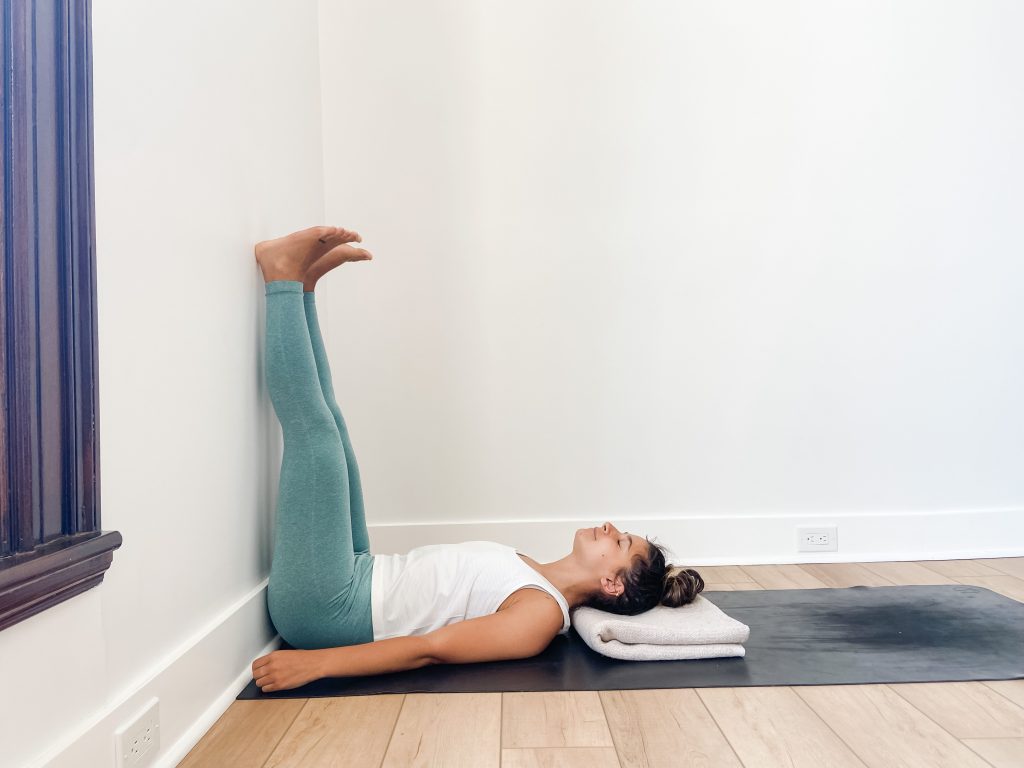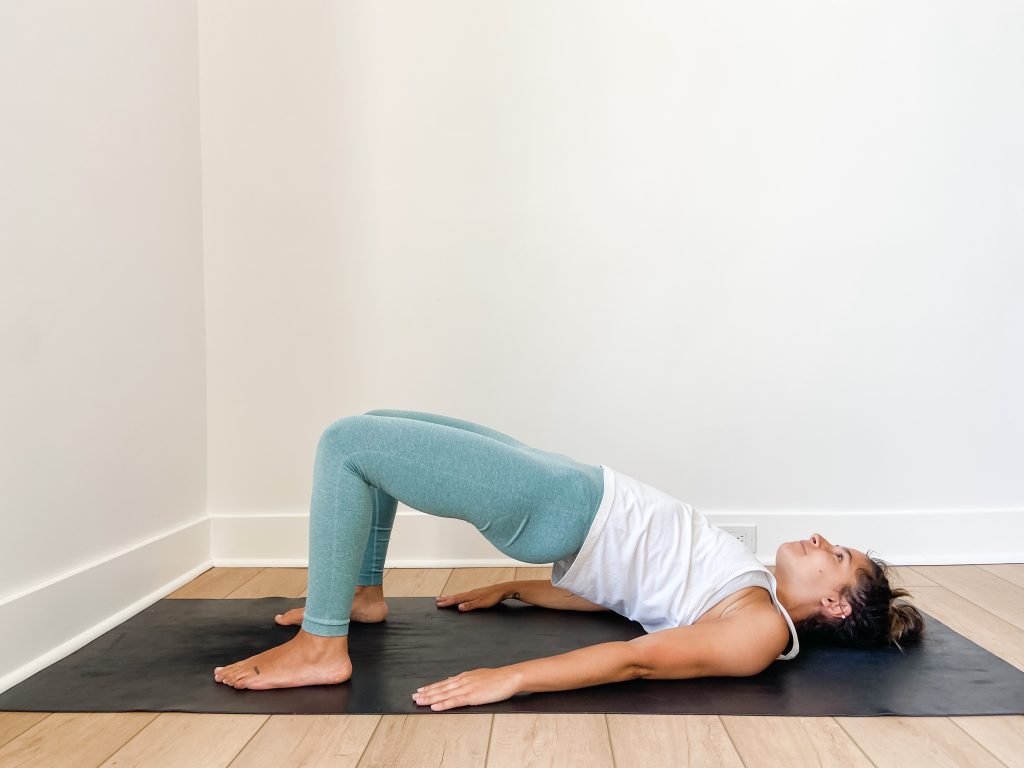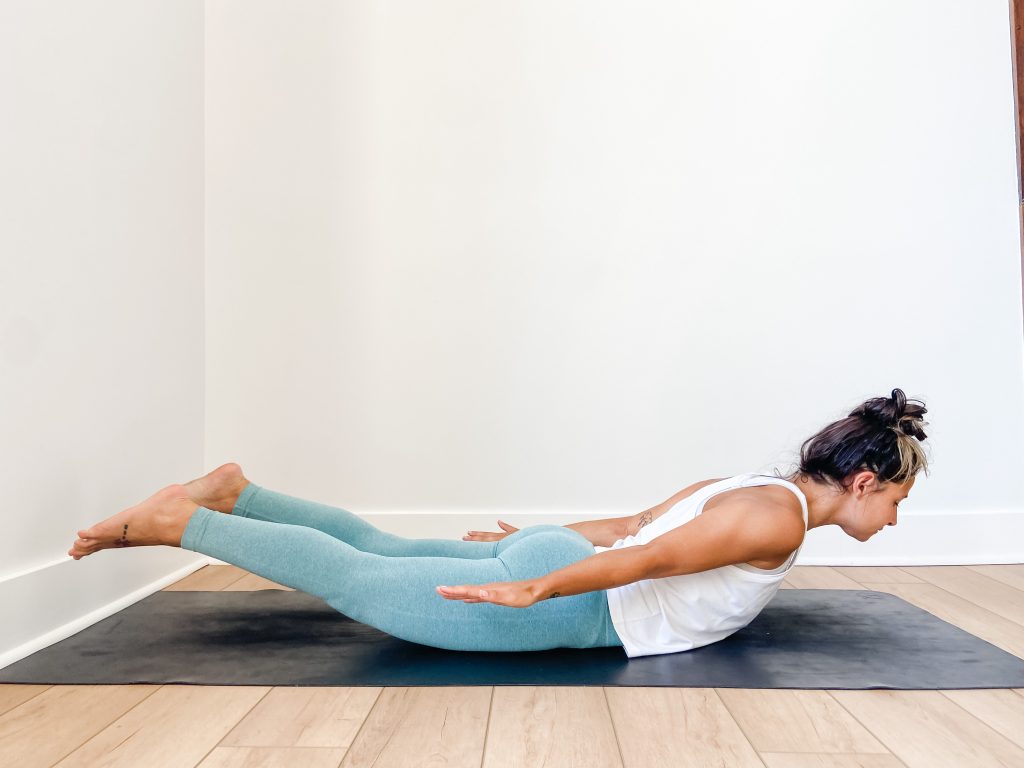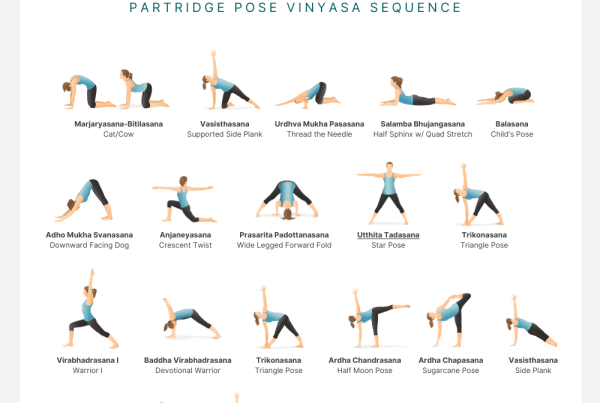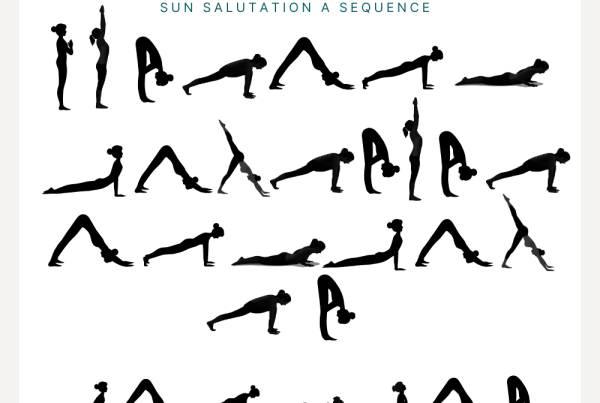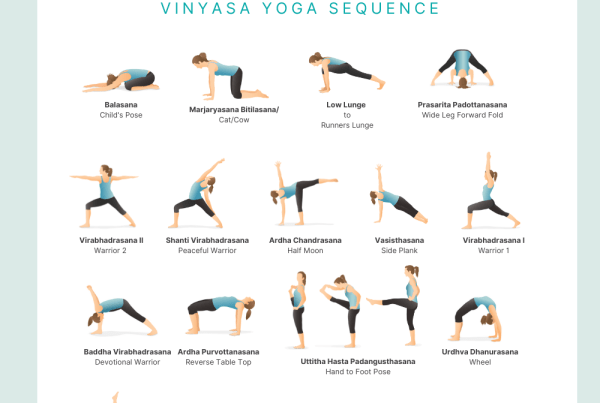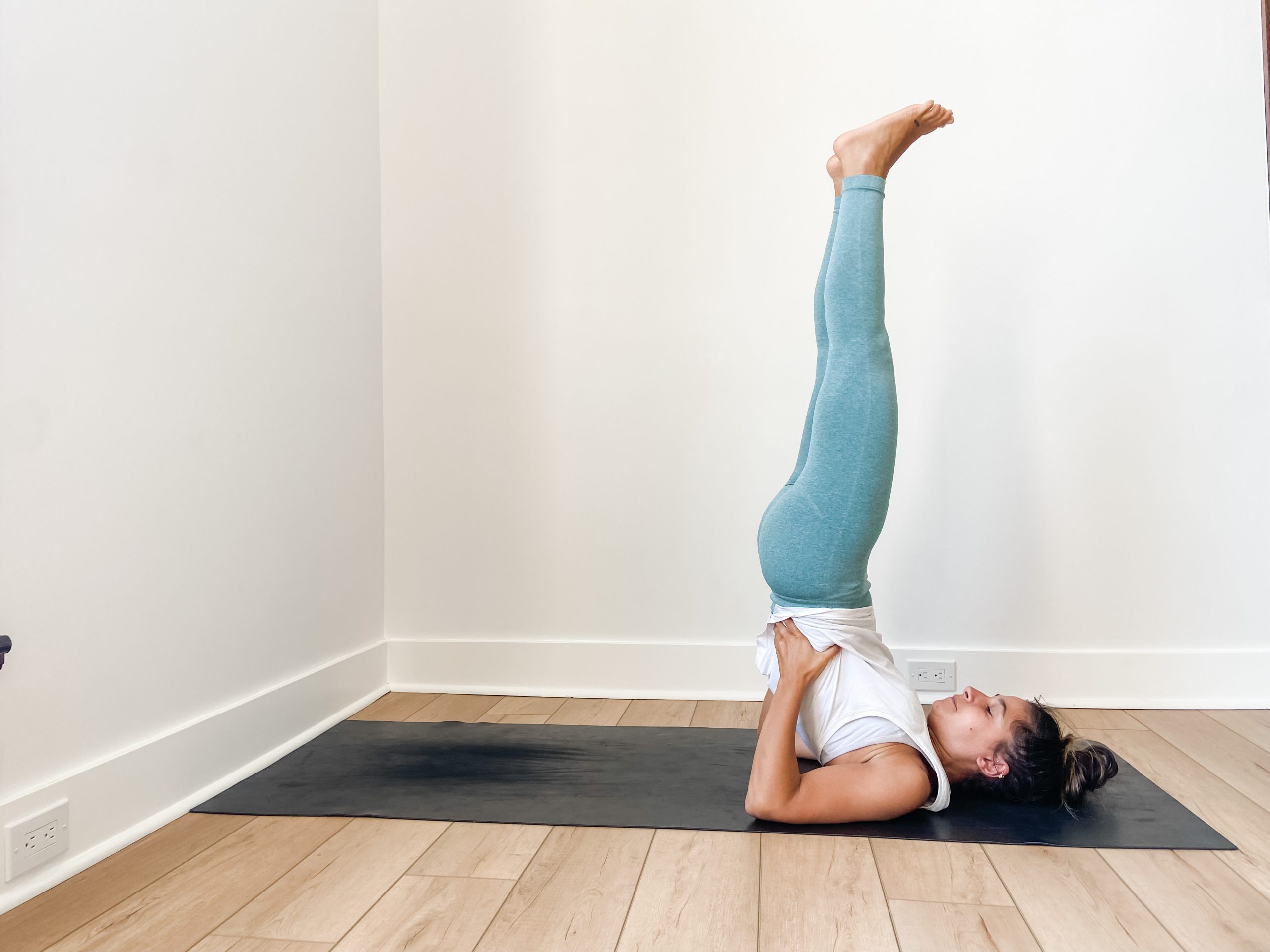
This weeks class theme is Svadhyaya, the “Study of Oneself.” ?
Svadhyaya is one of the 5 Niyamas of the 8 Yoga Limbs Of Yoga. This Sanskrit word pronounced, swaad-yai-ya, translates to self-study and focuses on maintaining continuous study of ourselves. As we move through different yoga and meditation practices, we may often find ourselves coming to a realization that our significance and recognition of self is probably the most important aspect of our spiritual journey. There can be so many distractions in the world and even during our yoga practices. It can seem cumbersome to try and drown that noise out or even take some time in the day to genuinely just focus on not thinking. As we uncover more things about ourselves we have never known before , we can put our minds at peace. There are so many different methods of uncovering ourselves and getting to know our truest selves.
A couple of modalities that seem to be pretty popular today are:
- Practicing yoga
- Meditating daily
- Journaling
- Reciting daily affirmations
- Finding a religious practice
- Utilizing podcasts and books about topics of personal interest or inquiry
The peak pose this week is Salamba Sarvangasana (Shoulder Stand)
We will move towards Salamba Sarvangasana by practicing three warm-up poses. We chose Shoulder Stand as the pose this week because it really allows you to face yourself and rely on major limbs of your body. The three warmup poses are all poses that allow you to sit with yourself and recognize where your strengths and weaknesses lie. As we mentioned, when facing one’s self, it’s important to embrace all parts of that journey, including anything that may seem difficult or troubling (like a new yoga pose).
Legs at the wall (Viparita Karani)
How to:
- Lay on your back with your feet facing the wall.
- Move your hips as close to the wall as they can go while walking your legs up the wall.
- Stretch your legs out straight as far as they can go (that’s comfortable for you) until you make an L shape.
- Breathe into your body, making sure you are comfortable as you rest again the wall.
Bridge pose (Setu Bandha)
How to:
- Lie on your back with your arms by your sides and with your palms face down on the mat.
- Bend your knees and bring the backs of the heels closer to your sit bones. Align your knees with your ankles.
- Keep the feet relatively hip distance apart and press into your feet.
- Engage the core muscles and begin to lift the hips up towards the sky.
- Keep your neck elongated with your chin slightly tucked in towards your chest.
- Stay in the pose for several breaths before slowly releasing your hips back down to the mat.
Locust pose (Salabhasana)
How to:
- Begin lying on your belly with your head rested on the mat. Allow your legs to be about hip distance apart.
- Bring your arms so that they are lying by your sides with your palms face up.
- Engage your legs and begin to lift them up.
- Begin to raise your chest and arms up.
- Your pelvis and belly should remain rooted to the mat.
- Keep your spine long and broaden across your shoulder blades.
- Keep your head and neck relaxed and allow your gaze to remain down towards the mat.
- Hold for several breaths.
Salamba Sarvangasana (Shoulder Stand)

How to:
- Begin by lying on your back with your arms by your sides.
- Bend your knees in towards your body.
- Engage the core and gently lift the legs straight up towards the sky. You can lift both legs together or one at a time.
- Place your hands on your lower back to support it.
- Place all your weight into your shoulders and upper arms. It’s important to avoid putting weight onto your neck and head.
- Aim to get your torso, spine, and legs in one straight line.
- Tuck your chin slightly to elongate your neck.
- Hold for several breaths.
- To come out of the pose, slowly roll your back down towards the mat, keeping your hands on your back for support if needed. If you need to, you can bend the knees to help ease yourself down slowly.


